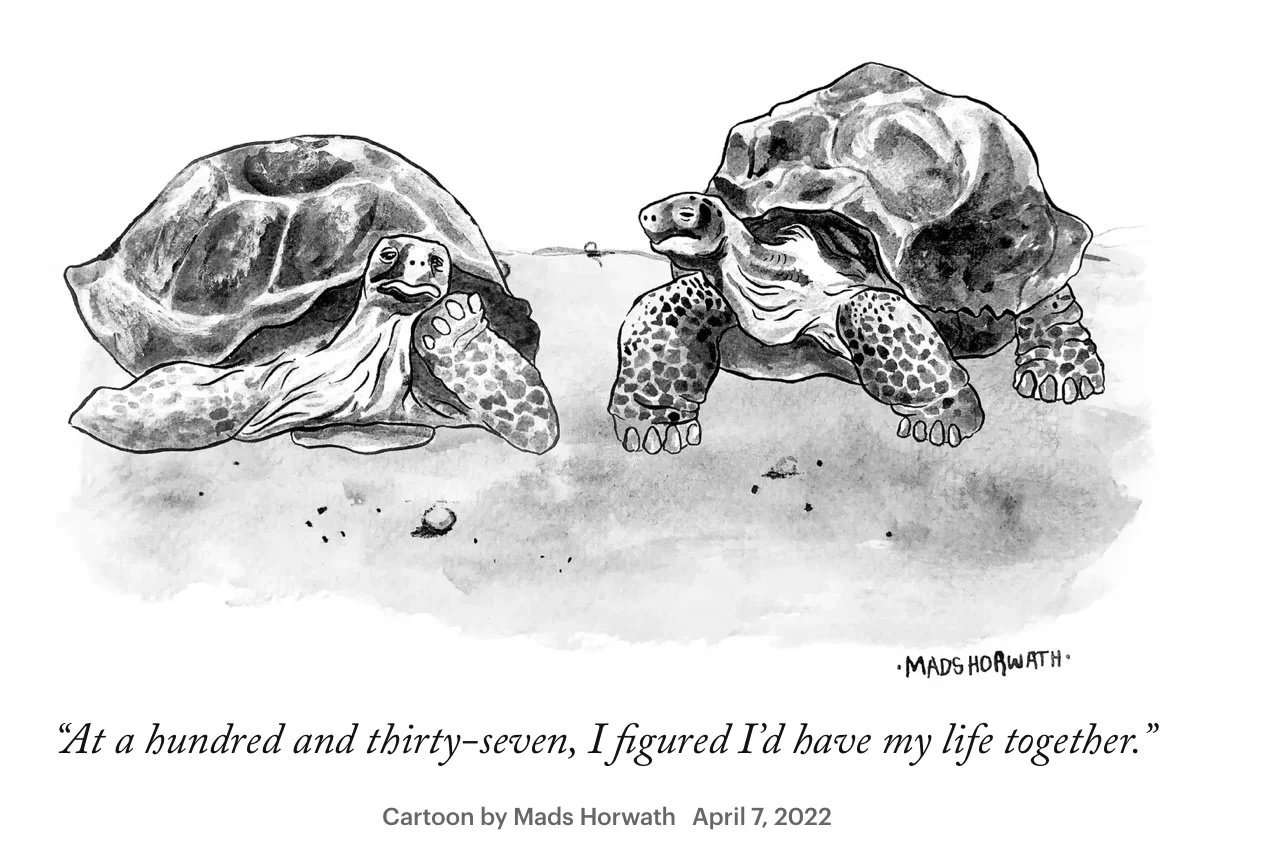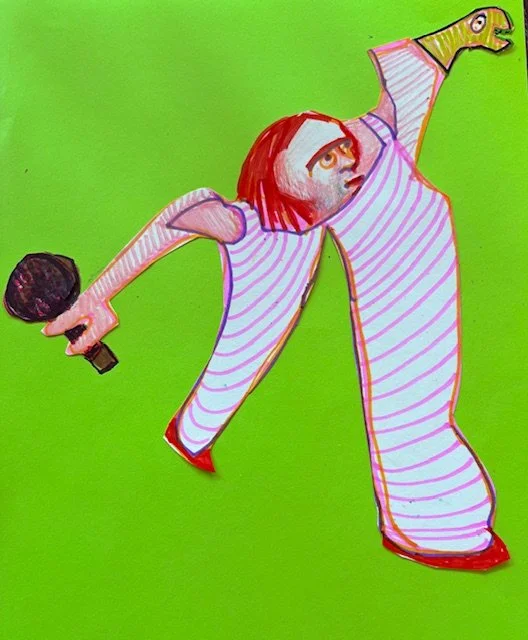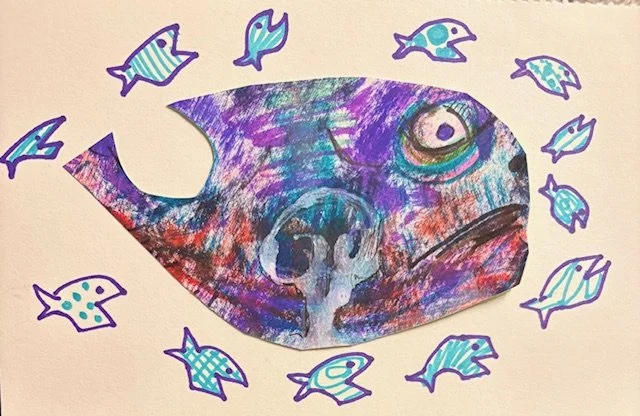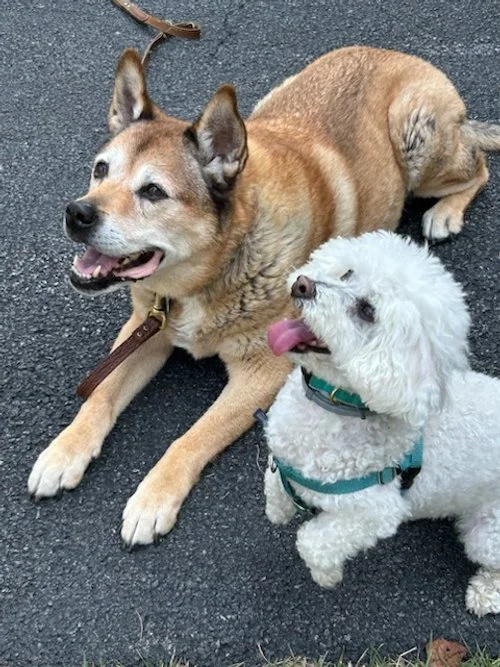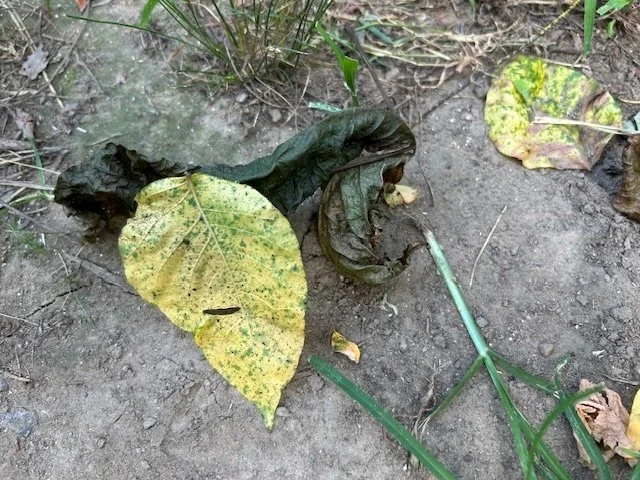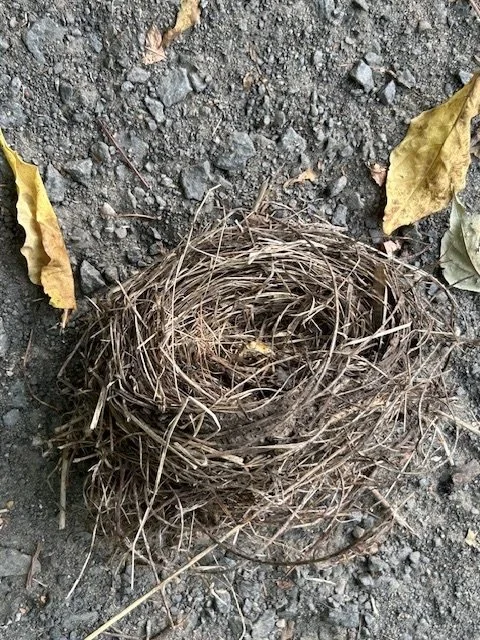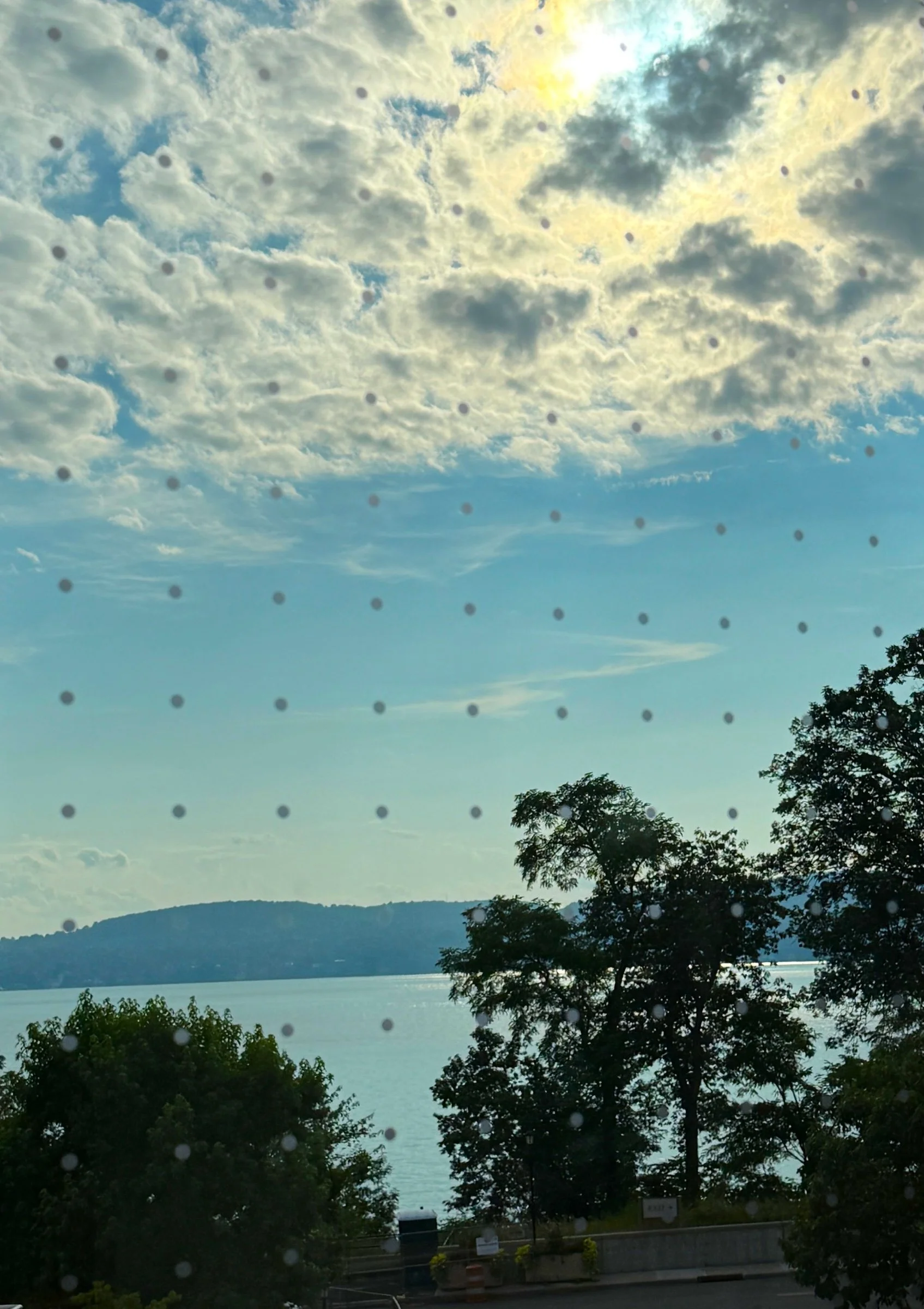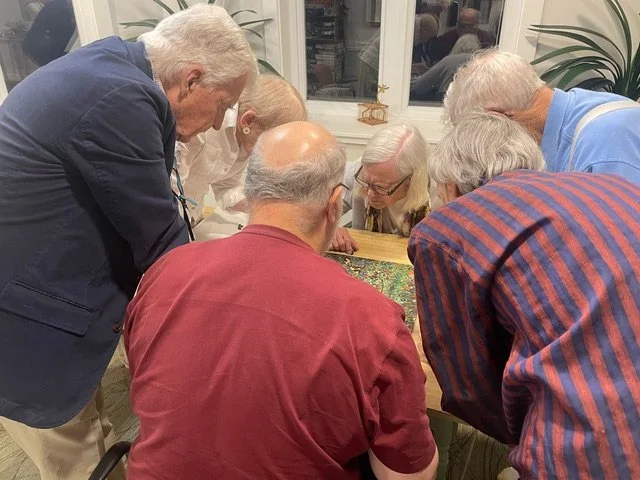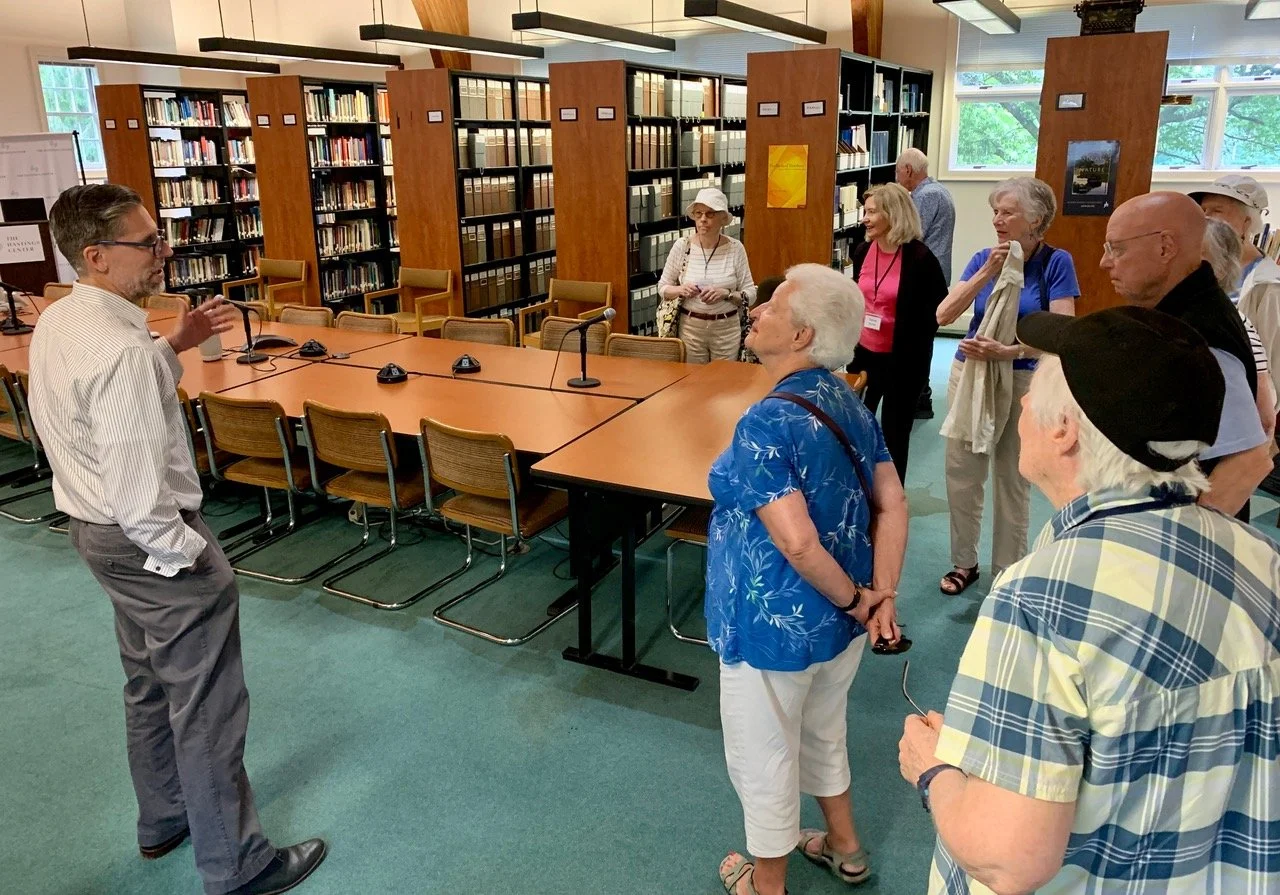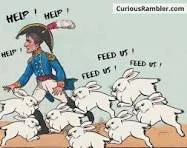The CIA Spent Millions on Spy-Training . . . For Cats
If you’ve ever had a stealthy feline sneak up on you, you might have had the same idea the CIA once did: that cats would make good spies. Indeed, the intelligence agency spent millions of dollars on a program to that end in the 1960s. But as any cat owner can tell you, it probably shouldn’t have bothered: However sneaky and/or intelligent cats might be, they know no masters but themselves.
Operation Acoustic Kitty was essentially a disaster, with only one subject making it into the field before the ill-advised—and, quite frankly, cruel—program was scrapped. The idea was to create a sort of cyborg cat by implanting a microphone in the animal’s ear, a radio transmitter at the base of its skull, and an antenna in its fur—“a monstrosity,” in the words of Victor Marchetti, a former CIA employee who went on to write the tell-some book The CIA and the Cult of Intelligence.
On paper, the Acoustic Kitty agent’s first test was simple enough: sit near a park bench and capture a conversation between two people on a park bench. Instead, according to most accounts, the unfortunate feline was hit by a taxi and killed. Writing of the operation’s failure in a heavily redacted memo, the CIA concluded, “Our final examination of trained cats . . . convinced us that the program would not lend itself in a practical sense to our highly specialized needs.”
Source: historyfacts.com
Contributed by Jane Hart







